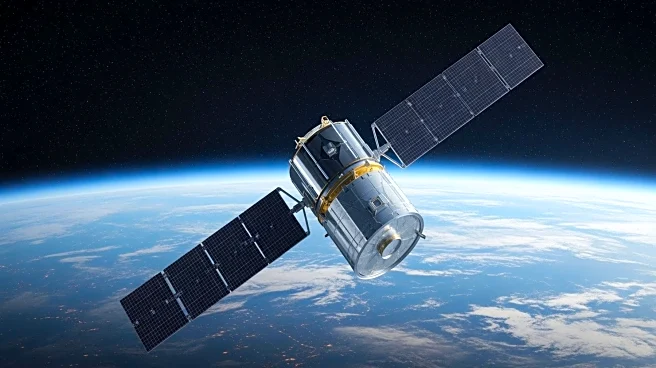What's Happening?
Iranian flagged tankers have reactivated their AIS transmitters after years of operating 'dark' due to U.S. sanctions. This move comes despite snap-back sanctions re-imposed by the United Nations. The
reactivation of AIS systems across the Iranian fleet may be an attempt to assert legitimacy and comply with International Maritime Organisation rules. Analysts speculate that the decision could be influenced by requirements from China, which imports a significant portion of Iran's oil. The change could reduce costs associated with clandestine transshipment operations and improve transparency in oil exports.
Why It's Important?
The reactivation of AIS transponders on Iranian tankers could have significant implications for international trade and geopolitical relations. By increasing transparency, Iran may be attempting to safeguard its oil exports and reduce the risk of interdiction by foreign powers. This move could affect global oil markets, particularly if it leads to more stable and predictable shipping operations. It may also influence diplomatic relations between Iran, China, and the United States, impacting negotiations and strategies related to Middle Eastern peace efforts.
What's Next?
The decision to turn AIS systems back on may lead to increased scrutiny of Iranian oil shipments by international observers. It could prompt discussions on the enforcement of maritime regulations and the role of AIS technology in ensuring compliance. The move may also affect Iran's negotiations with China and other trading partners, potentially influencing future trade agreements and economic policies.
Beyond the Headlines
The reactivation of AIS transponders highlights the complex interplay between international sanctions, maritime regulations, and geopolitical strategies. It underscores the challenges faced by countries navigating economic pressures and diplomatic tensions. The decision may reflect broader shifts in Iran's approach to international relations and its efforts to balance domestic stability with external demands.













